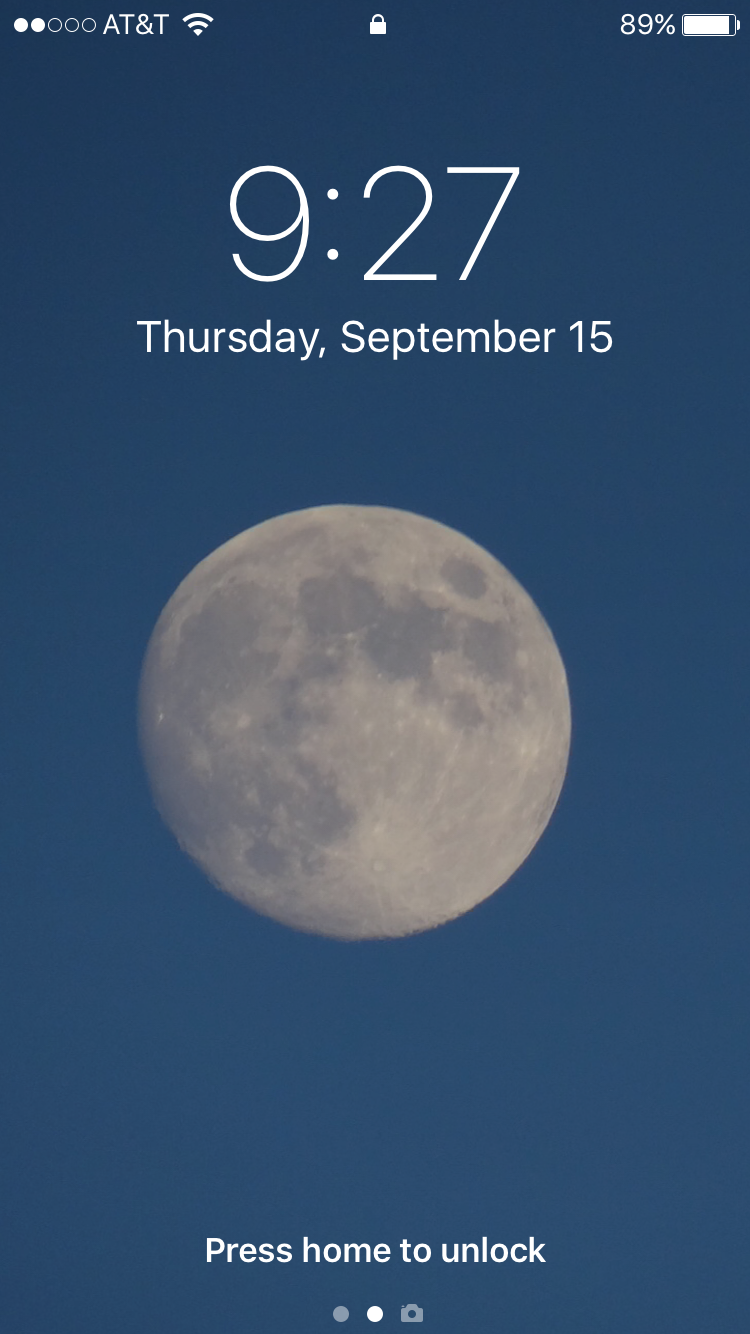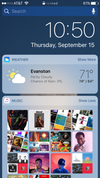How To Use the New iOS 10 Lock Screen and Widgets
More features, but less slide...

We may earn revenue from the products available on this page and participate in affiliate programs. Learn more ›
Here’s our guide on how to use the new lock screen for the iPhone and iPad in iOS 10. For our complete guide to using iOS 10, head over here.
The new lock screen removes the ‘slide-to-unlock’ option
We’ll start where you do: unlocking your phone. Apple has done away with the famous “slide to unlock” function. Now, you have to either press the home button and enter a passcode, or use Touch ID to get in. While this may be annoying for some people who prefer sliding, it forces you to have additional security on your device, which is ultimately a good thing for protecting your data.
How to get the home button to work the same way as before
If you don’t like pressing the home button to unlock your iPhone or iPad, you can return it to the way it used to be. Just go to the “Settings” app, tap “General,” tap “Accessibility,” tap “Home Button,” and tap “Rest Finger to Open.” (H/T: Drew_Duh).
…And, new Lock Screen widgets show more information
While you’re on the lock screen, if you swipe to the left, you’ll end up in the camera app. If you swipe to your right, you’ll see a whole bunch of new widgets. You can customize the order of the widgets, too, so you can have your music ready, or the weather readily available at the flick of a finger.

The widgets display
Older versions of iOS offered widgets in the “Notifications” window you pulled down from the top of the phone. But now Apple has expanded the amount of information these widgets can show, so they now can include things like live video and animations.
To add widgets or change their order, scroll to the bottom of the widgets screen and tap “Edit.” This will pull up a list of apps that offer widgets. You can add new ones by scrolling to the bottom of the Edit screen, where it says “More Widgets”. Then, tap the green “+” button to add the ones you want.

Add widgets in iOS 10
To delete widgets you don’t like, scroll back up to the top tap the red “-” button. To re-arrange the order they show up in, look to the right of a widget name and tap and hold the hamburger menu (three little horizontal lines). This lets you drag the widget up and down.

Delete widgets in iOS 10
More support for 3D Touch
Another new addition to this screen is support for Apple’s “3D Touch” system. Depending on how hard you press on an app or notification, you can access a menu of different options.
You can still tap to open an app, but putting a little more pressure on an app makes menus pop up so that you can use some of the major functions from the home screen or the widget menu. You can also use the hard press to Peek and Pop, meaning you can peek into messages or emails, or you can pop open an app on top of your current app without having to close that out.
MacRumors has a great, comprehensive list of apps that have 3D Touch functions, and you can find that here.